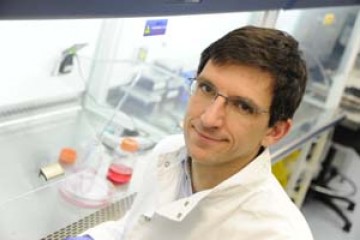Technologies to Tools grant
Platform to phenotype liver metabolic disorders

At a glance
Completed
Award date
May 2019 - April 2020
Grant amount
£50,000
Principal investigator
Professor Ludovic Vallier
Co-investigator(s)
Institute
University of Cambridge
R
- Replacement
